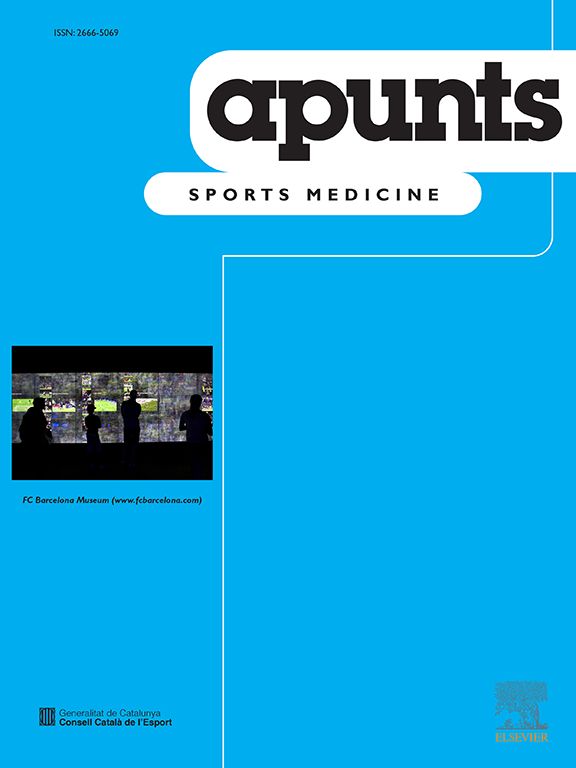Football is a sport with a high incidence of injuries. A descriptive study was conducted during the 2008-2009 season with the purpose of determining the origins of the injuries in Spanish professional football, and the number of days lost as a result of each type of injury in this sport. A previously validated REINLE questionnaire was used to record the information. The recorded exposure to training and competition amounted to a total of 244,835hours of practice which produced 2184 injuries, an injury rate of 8.94 injuries per 1000hours of exposure. Each team had 80.89 injuries and 909 lost-time days per season. By injury typology we observed that muscle tears caused the most lost time (267.2 days lost per team per season) followed by ligament injuries (182.1 days lost per team per season). The most frequently injured muscle was the biceps femoris muscle (3.3 injuries per team per season). The femoral rectus muscle also caused the highest number of days lost (76.6 days per season per team). As far as ligaments are concerned, the external lateral ligament of the ankle-joint was the most affected structure, with an injury frequency of 3.7 injuries per team per season, while the internal lateral ligament of the knee accounted for more lost time (43.7 days per season per team). We can conclude that football is a sport with a high incidence of injuries, causing a large number of lost-time days during a season.
The Impact Factor measures the average number of citations received in a particular year by papers published in the journal during the two preceding years.
© Clarivate Analytics, Journal Citation Reports 2025
SRJ is a prestige metric based on the idea that not all citations are the same. SJR uses a similar algorithm as the Google page rank; it provides a quantitative and qualitative measure of the journal's impact.
See moreSNIP measures contextual citation impact by wighting citations based on the total number of citations in a subject field.
See more




